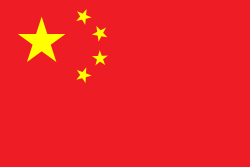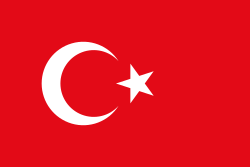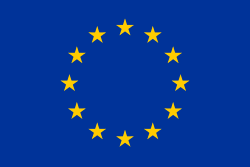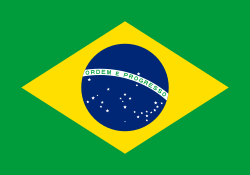Tysklands Grand Prix 2009
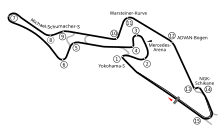 | |
| Datum | 12 juli 2009 |
|---|---|
| Bana | Nürburgring |
| Sträcka | 60 × 5,148 - 0,017 = 308,863 km |
| Vinnare | Mark Webber, Red Bull-Renault |
| Pole position | Mark Webber, Red Bull-Renault |
| Snabbaste varv | Fernando Alonso, Renault, 1:33,365 |
| Temperatur | luften 18 °C, banan 29 °C |
Tysklands Grand Prix 2009 var det nionde av 17 lopp som ingick i formel 1-VM 2009.
Rapport
Mark Webber i Red Bull tog pole position före Rubens Barrichello i Brawn. Från andra ledet startade Jenson Button i Brawn och Sebastian Vettel i Red Bull följda av McLaren-förarna Lewis Hamilton och Heikki Kovalainen. Bakom dessa stod Adrian Sutil i Force India, Felipe Massa och Kimi Räikkönen i Ferrari samt Nelsinho Piquet i Renault.
Webber vann loppet, trots en incident i starten, och tog sin första F1-seger före stallkamraten Vettel och trean Massa, som därmed tog sin första pallplats för säsongen. Hamilton fick en punktering på höger bakdäck strax efter start och var därefter chanslös.
Resultat
- Mark Webber, Red Bull-Renault, 10 poäng
- Sebastian Vettel, Red Bull-Renault, 8
- Felipe Massa, Ferrari, 6
- Nico Rosberg, Williams-Toyota, 5
- Jenson Button, Brawn-Mercedes, 4
- Rubens Barrichello, Brawn-Mercedes, 3
- Fernando Alonso, Renault, 2
- Heikki Kovalainen, McLaren-Mercedes, 1
- Timo Glock, Toyota
- Nick Heidfeld, BMW Sauber
- Giancarlo Fisichella, Force India-Mercedes
- Kazuki Nakajima, Williams-Toyota
- Nelsinho Piquet, Renault
- Robert Kubica, BMW Sauber
- Adrian Sutil, Force India-Mercedes
- Sébastien Buemi, Toro Rosso-Ferrari
- Jarno Trulli, Toyota
- Lewis Hamilton, McLaren-Mercedes
Förare som bröt loppet
- Kimi Räikkönen, Ferrari (varv 34, kylarskada)
- Sébastien Bourdais, Toro Rosso-Ferrari (18, hydraulik)
Noteringar
- Mark Webbers tog sin första pole position och första F1-seger.
- Mark Webber fick ett drive-through-straff för att ha stött till Rubens Barrichello i starten.
VM-ställning
Förarmästerskapet
| Konstruktörsmästerskapet
|
| ||||||||
| |||||
Media som används på denna webbplats
The Flag of Europe is the flag and emblem of the European Union (EU) and Council of Europe (CoE). It consists of a circle of 12 golden (yellow) stars on a blue background. It was created in 1955 by the CoE and adopted by the EU, then the European Communities, in the 1980s.
The CoE and EU are distinct in membership and nature. The CoE is a 47-member international organisation dealing with human rights and rule of law, while the EU is a quasi-federal union of 27 states focused on economic integration and political cooperation. Today, the flag is mostly associated with the latter.
It was the intention of the CoE that the flag should come to represent Europe as a whole, and since its adoption the membership of the CoE covers nearly the entire continent. This is why the EU adopted the same flag. The flag has been used to represent Europe in sporting events and as a pro-democracy banner outside the Union.The civil ensign and flag of Belgium. It is identical to Image:Flag of Belgium.svg except that it has a 2:3 ratio, instead of 13:15.
Författare/Upphovsman: Cord Rodefeld from Ulm, Germany, Licens: CC BY-SA 2.0
Mark Webber driving for Red Bull Racing at the 2009 German Grand Prix.







